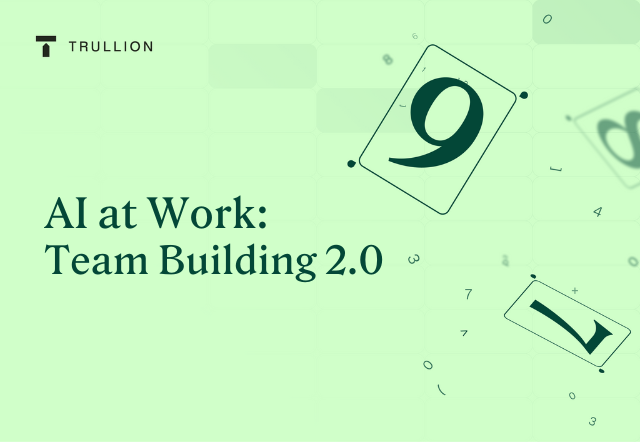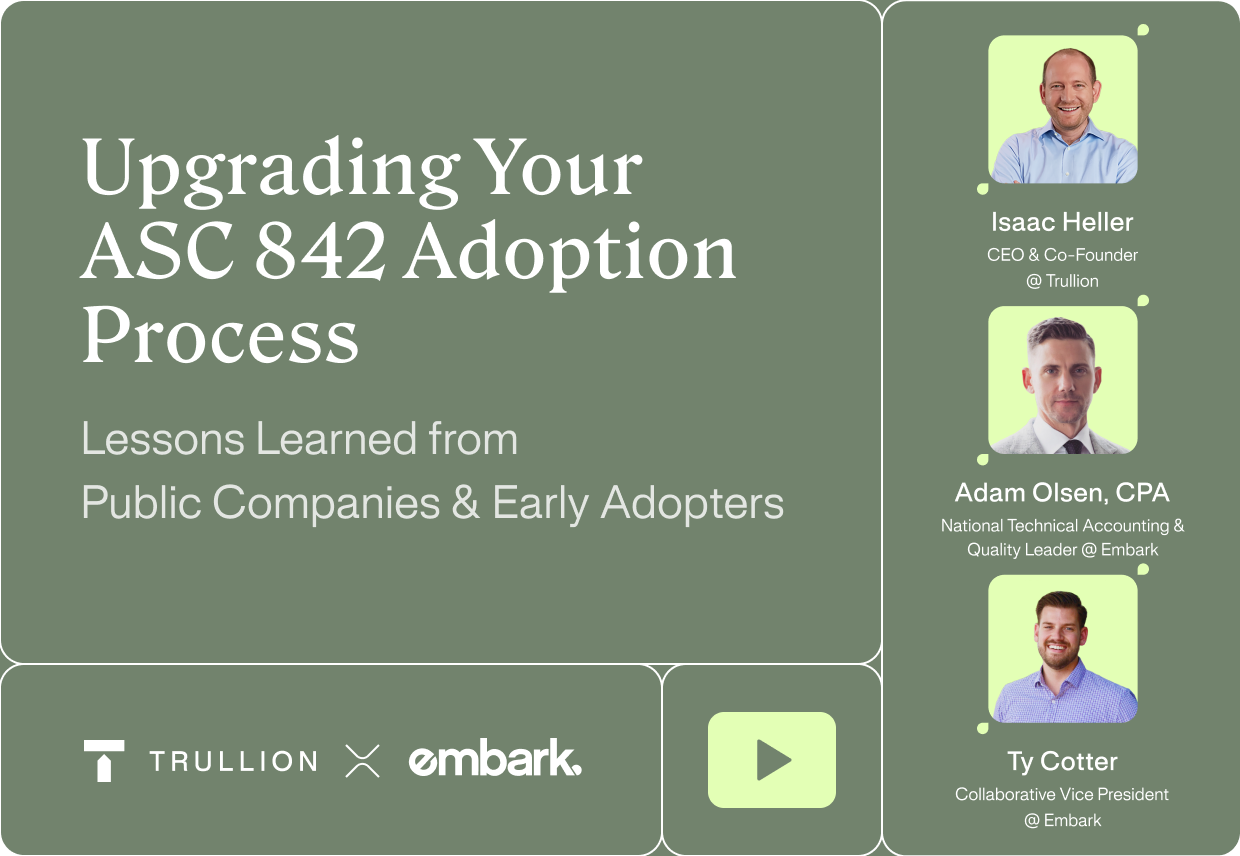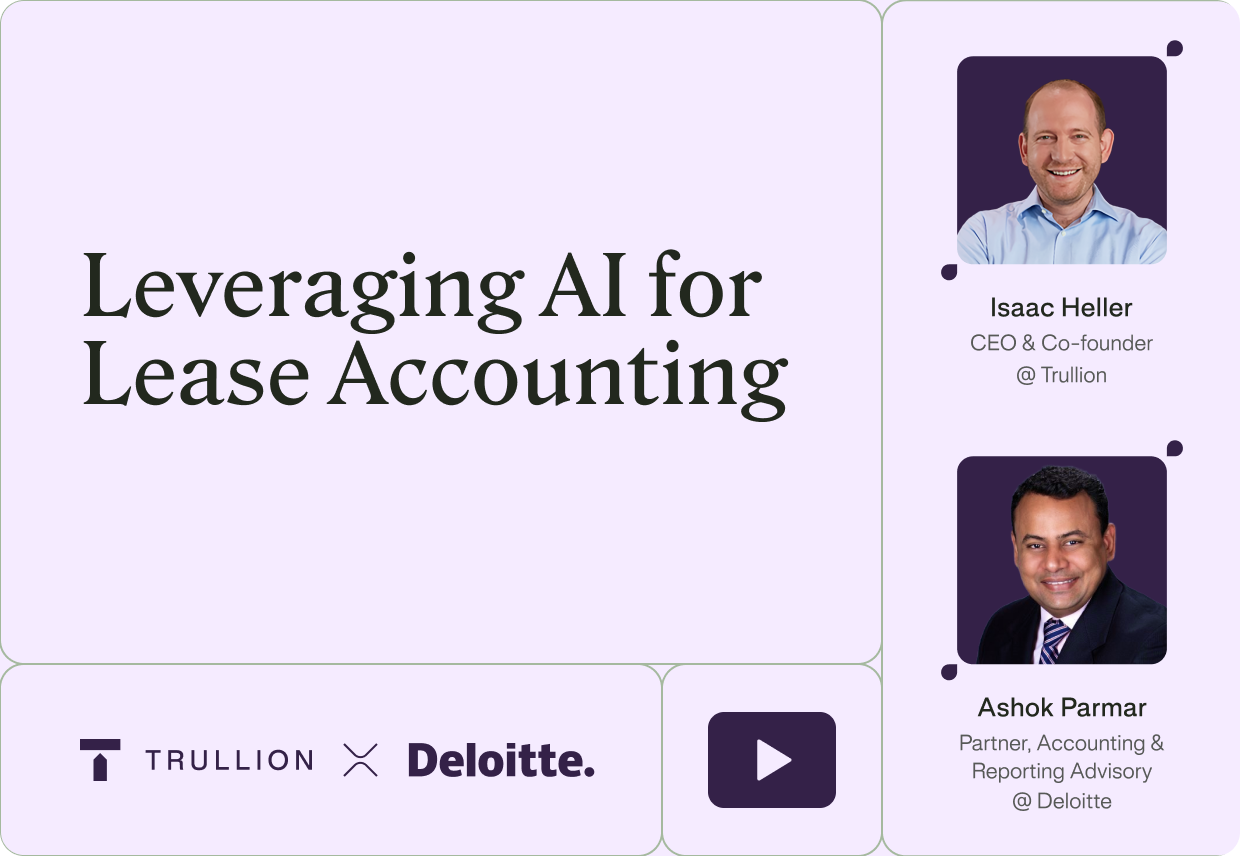Employers are grappling with the challenge of filling open accounting roles. Despite the growing demand for skilled accountants, the talent pool appears insufficient to meet the needs. The complexities of modern accounting, coupled with changing regulatory requirements, contribute to the difficulty in finding qualified candidates, posing a significant hiring obstacle. Is the [interim] solution to simply make current teams more efficient?
While the spate of traditional and generative artificial intelligence (AI) applications has sparked excitement, it’s coupled with confusion for many employers and employees in the finance and accounting fields. It’s been unclear where and when the utilization of this miracle technology can be applied. While a great “idea,” what does the tangible actually look and feel like day-to-day?
Every interaction with technology enhances or diminishes an employee’s perception of their company.
For most accountants, the first tangible improvement would be in moving data from paper to computer. This comes in the form of contracts, invoices, forwarded emails, memos, etc. Traditionally, these are handed to the accountant and then manually keyed into an Excel workbook or legacy lease management system. As mentioned in Trullion’s Future of Accounting report, AI and NLP eliminate that effort by abstracting automatically. The accountant is instantly elevated from a Mad Men-era typist to a trusted reviewer of key data points.
The next enhancement is the automation of foundational tasks like management of amendments, IBR assessments, and journal entry creation. Supporting accounting professionals with these core tenants allows for more strategic (and interesting) work to be completed. By offloading simple rule-based tasks to AI, accountants can free up time and mental capacity to concentrate on complex rule-based analysis and time to engage with other team members.
Reimagining AI to align with accountants’ daily and monthly tasks demands a fundamental shift in objective functions. While the prevailing notion is that “accountants can do anything in Excel,” this perspective often overlooks the need for optimizing ROI on specific tasks, neglecting the overall employee experience. Leveraging AI for employee engagement has the potential to foster employee retention, demonstrating respect for their time and reinforcing their value to the company.
Help Employees Help Each Other
Fostering strong team dynamics among employees who may not even share the same office, let alone timezone, is crucial. By providing digital assistance and enabling communication within a unified platform, teammates can reinforce their connections and mutual commitment to compliance. This helps minimize disparities in task management. For instance, Trullion has rolled out its flexible Workstate feature for clear workflow guidance and visualization.
Another invaluable tool for accountants is the audit log, as they serve as robust and reliable memory aids. These logs document when and why specific actions were taken, aiding in understanding past decisions and providing a valuable reference for future analysis or audits. When teammates are aligning on best practices, they actually have a reference guide. They can leverage the Collaboration tool for internal messaging and notification next. These features assist in allowing accountants to find and tailor information for one another quickly.
Team cohesion is easier to have with the integration of AI and technology. A cohesive team can effectively leverage AI tools, ensuring seamless integration and utilization. Trust and cooperation foster the adoption of new technologies, enabling adaptability in a dynamic landscape. This synergy boosts communication, productivity, and employee retention.











